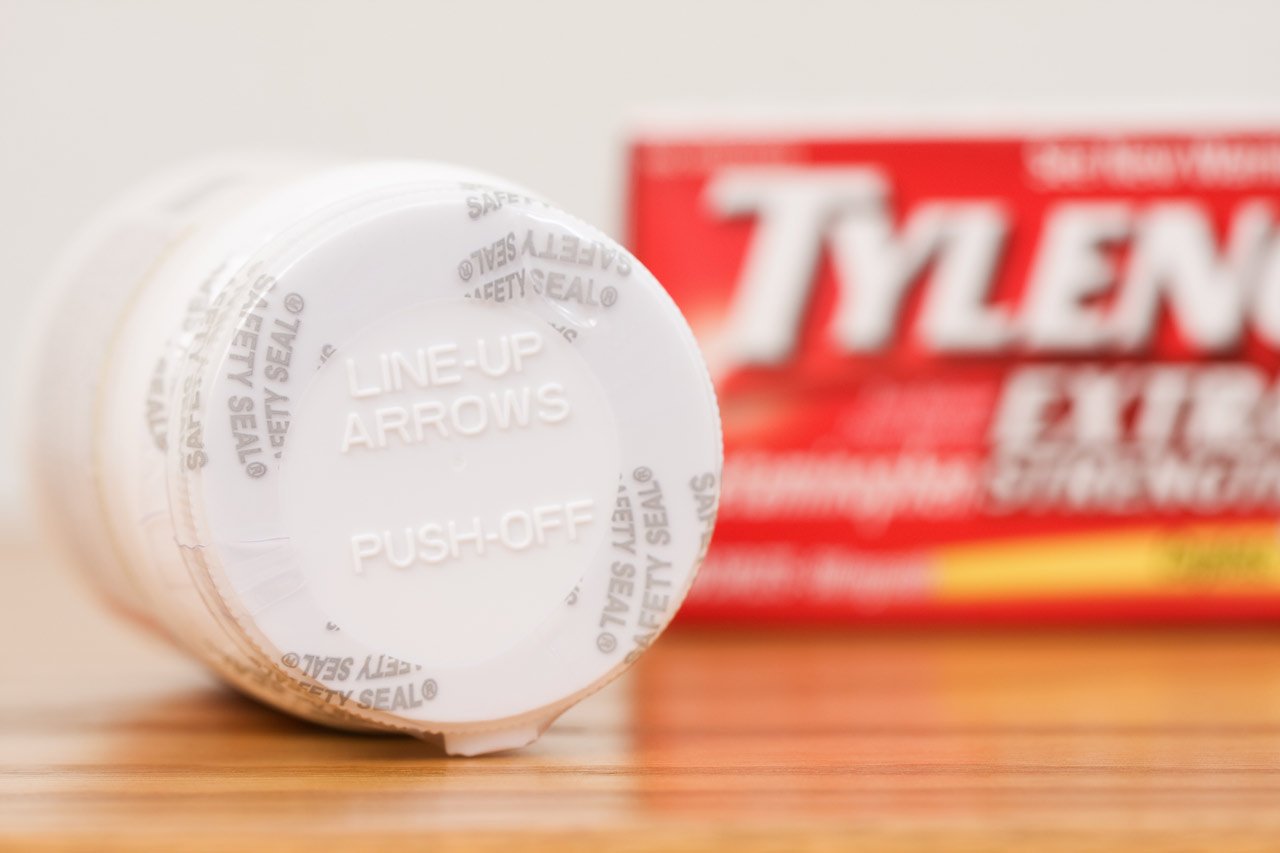J&J and Tylenol Part 2: Will J&J Also Be A Landmark Crisis Event?

Health concerns about an iconic healthcare product from Johnson & Johnson cause mass consternation among consumers and wipe millions off the stock price.
Sound familiar?
This time around J&J is having to defend its Baby Powder following fresh suggestions that its talc products contain asbestos.
It’s not surprising that as part of its defense, J&J is reminding people of how well it handled another threat to one of its brands more than 30 years ago.
In 1982, a series of poisoning deaths resulted from Tylenol capsules being tampered while on the shelves of stores in the Chicago area.
The actions taken by J&J were widely praised and became the best practice template for crisis management in the decades following the incident.
In particular, J&J conducted a nationwide recall of Tylenol products, an estimated 31 million bottles with a retail value of more than $100m. At the time, J&J’s stock price collapsed but thanks to the company’s fast and aggressive actions, the stock value rebounded within a year.
In November of 1982, the capsules returned to shop shelves in a triple-sealed package and within several years Tylenol led the US market in OTC analgesics.
This time around, the asbestos issues related to J&J’s Baby Powder were re-ignited when the news agency Reuters published an article on December 14 revealing that internal J&J documents showed that talc in its raw and finished states sometimes tested positive for asbestos from the 1970s into the early 2000s.
The article suggested that J&J had misled consumers and even the FDA.
The impact on the stock price was immediate. When the markets next opened, J&J’s value had dropped 14 percent. There are also multiple lawsuits making their way through the courts.
J&J’s response has been to adamantly deny that its products contain asbestos, including expensive full-page advertisements in the national business press that detail the range of tests, court cases and reports that the company says refutes the allegations in the Reuters report.
The company also cites its actions in the Tylenol case as evidence that it would not let any safety issues linger in its products.
However, this time around, J&J is not getting the plaudits it did in 1982.
The New York Times reported (‘After Damaging Report Reuters Report, J&J Doubles Down on Talc Safety Message’, December 31, 2018) that lawyers are already homing in an inconsistency between the company’s statements and other evidence regarding the talc.
The Times reported that social media commentary has been mixed, including a small number of posters referencing their relatives longtime use of J&J talc products and subsequent deaths from Ovarian cancer.
The big difference between Tylenol in 1982 and the current issues with Baby Powder is that the Tylenol threat was immediate – but the accusations about the content of the talc relate to years gone by.
The Tylenol case study inspired industry best practice – it’s not clear that J&J has a playbook that will work as effectively this time around.









